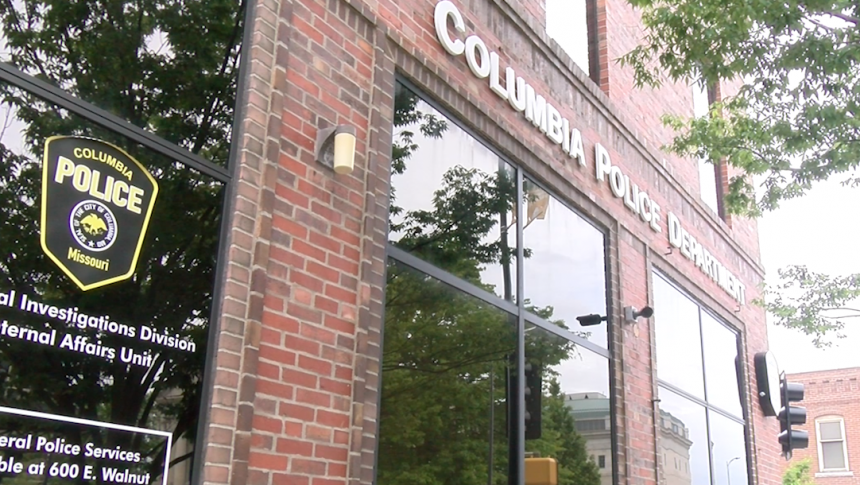Police training expert gives insight after an officer shot a Columbia man

COLUMBIA, Mo. (KMIZ)
One person was killed by a police officer Wednesday in northwest Columbia. Director of training at Northstar police training, Adam Duncan, said officers try to link together two components in these situations.
"It's what they knew prior to contact with that person and the element of environment including who is around the person," said Duncan. He said officers are also trained to de-escalate situations.
He said in the case that someone has a history of violence, has been armed in the past, or is believed to be armed then the need to control their movement and behavior has escalated.
Duncan refers to Graham vs. Connor in 1989 which says, "if feasible the officer should give a verbal warning of you do this and this will happen." Duncan said this is to let the person know the consequences of noncompliance."
He said in a case where someone is in a public area who is armed and a history of violent crime, it might not be feasible to give a full warning prior to eliminating the threat to the community.
In the incident on Wednesday, James Sears, 38 of Columbia, was being actively investigated for drug distribution and an outstanding warrant for a felony probation violation. Sears was also known to have been armed and dangerous.
Duncan said the hope is that verbal commands can come before physical action is taken, but the pace and need for force is dictated by the suspect's actions. "The vast majority of the time the first thing that's going to come out of that police officer's mouth is 'Stop do not move' and then we're looking at both macro-movements and micro-movements," said Duncan.
Officials report available video footage from Wednesday revealed Sears drew a firearm on the officers and posed an immediate threat to officers and citizens in the area. Two officers shot Sears after Sears failed to comply with verbal commands.
Duncan described a macro-movement as what the person does with their head, shoulders and arms. He said it is obvious when someone is pulling their hand out of a pocket with a closed or open hand by how the shoulder and elbow are positioned and the angle in which they move. Micro-movements can typically be facial expressions particularly the muscles that control the mouth and the eyes. Duncan said these movements happen in a split second but allow officers to identify emotions.
"It's not as simple as saying I have to see 60% of the weapon exposed before I fire, it is much more nuanced in all the information that the officer has and that they are observing and processing and it happens in the blink of an eye," said Duncan.
The training process for these situations are broken down starting classroom training where officers are sat down to discuss the macro and micro-movements to build knowledge. Then, they move into a fluid phase of training which includes training in firearms, defense tactics, and verbal de-escalation.
After that, officers have a dynamic phase of training where real-life scenarios are given through live role-plays or simulators. During the dynamic part of the training, officers also participate in a debriefing afterward to explain their decision-making.
In 2019, 1,004 individuals were killed in police officer-involved shootings throughout the United States. The Missouri State Highway Patrol’s Division of Drug and Crime Control had 39 requests in 2020 to investigate officer-involved shootings. This was up from 32 in 2019 and 23 in 2018. As of Wednesday, 11 investigations for officer-involved shootings have happened in 2021.
The Columbia Police Department includes in their involved officer policy that officers involved in a shooting will be asked to provide a public safety statement. It also states that, "any involved officer should meet with a licensed psychologist or psychotherapist within five days of the incident if possible and that any officer directly involved should expect to be placed on Administrative Leave for a minimum of three days following the incident."
Kyle Green with the Missouri State Highway Patrol said, "the initial training an officer receives all depends on what police academy they attended." He said Peace Officers Standards and Training sets the minimum standards, while others are more advanced. The Law Enforcement Training Institute, University of Missouri Extension, offers both basic and extreme training.
